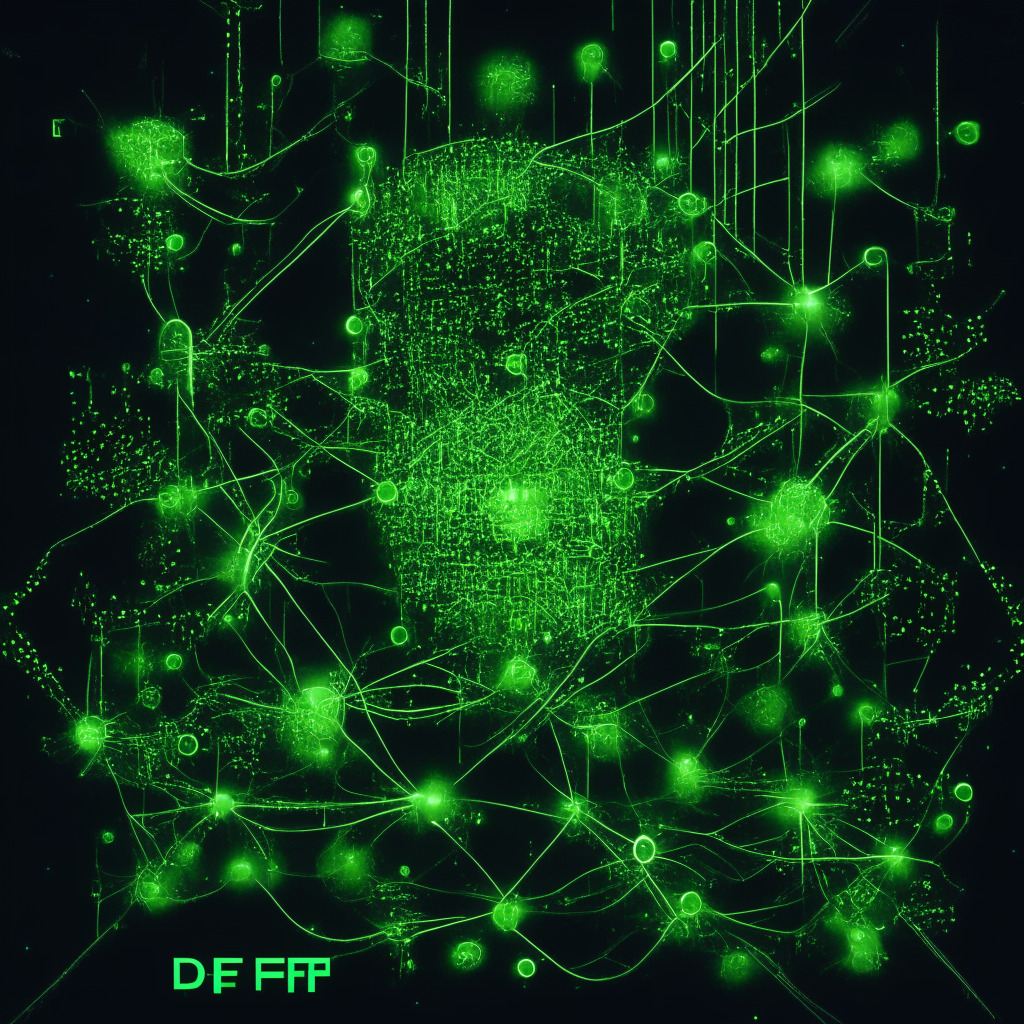Over the past couple of years, Decentralized Finance (DeFi) has progressively become the new financial cornerstone in the digital asset universe, standing parallel to traditional financial markets. Notably, DeFi has witnessed its systematic development, creating experiences and utilities unparalleled and unique to its users. The initial stages of DeFi showcased automated market makin (AMMs), lending, or derivatives, which served as the groundwork for novel financial offerings and applicability. However, the dynamic DeFi space has recently taken a leap into the future – the era of micro-primitives.
The term DeFi micro-primitives, although a non-standard industry phrase, encapsulates the growing trend of more nuanced, decentralized and trustless DeFi protocols that are concurrently becoming more complex. This phenomenon might seem counterintuitive in the regular evolution of infrastructure technology and could potentially have steep ramifications for DeFi’s future.
Underlying the idea of DeFi micro-primitives, imagine the functionalities of an AMM, such as pool rebalancing logic, token swapping, and fee collection being distinctively customized using differentiated smart contracts resulting in individual micro-primitives.
Instances of DeFi micro-primitives can be found in well-known DeFi protocols like Uniswap v4, Eigen Layer, Maker and Flashbots. Uniswap v4 introduces smart contracts capable of incorporating logic across the lifecycle of pools. Eigen Layer uses an Open Marketplace to enhance security capabilities for validators. In their recently published Endgame, Maker introduces SubDAOs to govern specific capabilities and Flashbots is working towards the implementation of the SUAVE which introduces new micro-primitives.
There is an inherent duality to this trend. On the one hand, the shift towards DeFi micro-primitives makes these protocols more extensible, programmable, and composable. Further, it can lead to a reduction in unnecessary forks of DeFi protocols while enhancing security and robustness.
On the flip side, this trend presents an array of challenges as well. The potential for attacks increases drastically with micro-primitives due to a larger surface area. High complexity levels might discourage developer adoption, leading to vulnerabilities with minimal benefits in user adoption. Hence, striking a harmonious balance between granularity, complexity and adaptability becomes indispensable for this trend’s successful progression.
The advent of micro-primitives is poised to sculpt a DeFi landscape that is more refined, adaptable, programmer-friendly, but also multifaceted. As this trend grows, smaller, more targeted, and programmable micro-primitives will play a crucial part in shaping the future of decentralized finance. However, the journey demands balance, caution and creativity to overcome potential hurdles while maximizing the manifest benefits. The impact of these micro-primitives is anticipated to have a transformative effect on DeFi’s evolution and potentially tilt the balance in favor of decentralized finance as a viable alternative to traditional financial markets.
Source: Coindesk




